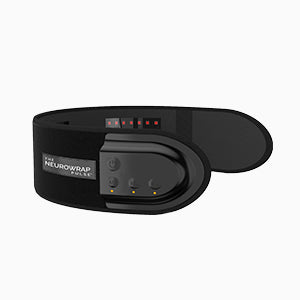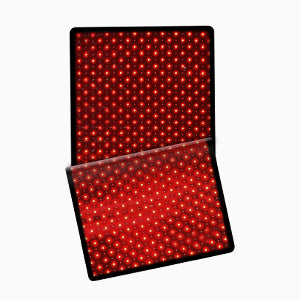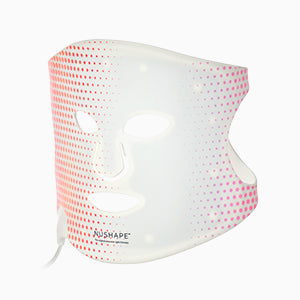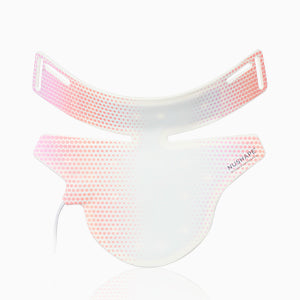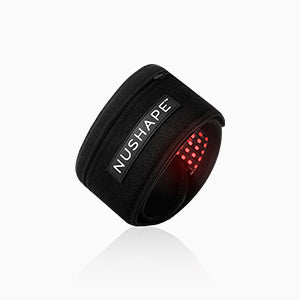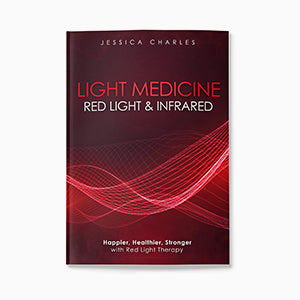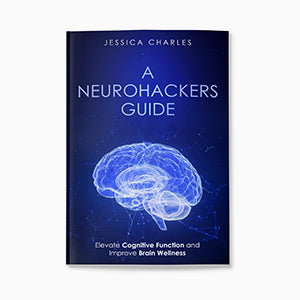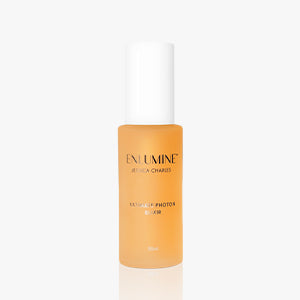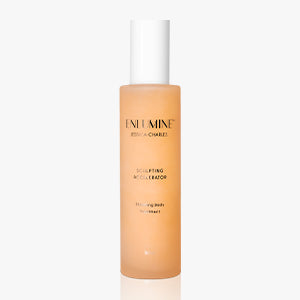
RLT (Red Light Therapy) is a type of phototherapy that uses red and near-infrared light to stimulate cellular energy production and promote healing. It has been gaining popularity as a non-invasive and safe treatment for various health conditions, as well as skin rejuvenation, pain relief, and wound healing. Nevertheless, recent studies suggest that RLT may also have a positive impact on sleep quality.
Sleep is an essential process that plays a crucial role in maintaining physical and mental health. It allows the body to repair and regenerate, enhances cognitive function, and improves mood and overall well-being. However, many people suffer from sleep disorders, such as insomnia or sleep apnea, which can have significant negative effects on their health and quality of life.
RLT has been shown to modulate the circadian rhythm, the body's internal clock that regulates sleep-wake cycles. A study conducted in 2018 found that exposure to red light in the morning can advance the circadian rhythm, resulting in earlier bedtimes and wake-up times. On the other hand, exposure to red light in the evening can delay the circadian rhythm, leading to later bedtimes and wake-up times. This suggests that RLT may be a useful tool for adjusting the sleep-wake cycle and improving sleep quality.
RLT may also improve sleep quality by reducing inflammation and oxidative stress, which are associated with sleep disorders. Inflammation and oxidative stress can cause damage to the brain and disrupt the production of neurotransmitters, hormones, and other substances that are essential for sleep regulation. RLT has been shown to reduce inflammation and oxidative stress by increasing cellular energy production and promoting the release of anti-inflammatory cytokines (a series of immunoregulatory molecules that control the proinflammatory cytokine response).
Furthermore, RLT may promote the production of melatonin, a hormone that regulates sleep and wakefulness. Melatonin is produced by the pineal gland in response to darkness and helps to regulate the sleep-wake cycle. A study conducted in 2019 found that exposure to red light can increase melatonin production in healthy adults, suggesting that RLT may be a useful tool for promoting natural sleep.
In conclusion, RLT may be a promising non-pharmacological treatment for sleep disorders. It has been shown to modulate the circadian rhythm, reduce inflammation and oxidative stress, and promote the production of melatonin. However, further studies are needed to determine the optimal dosage, duration, and timing of RLT for improving sleep quality. If you are considering RLT for sleep improvement, it is recommended to consult with a healthcare professional to determine if it is appropriate for your individual needs.
- Hamblin, M. R. (2018). Mechanisms and applications of the anti-inflammatory effects of photobiomodulation. AIMS biophysics, 5(4), 337-361.
- Zarei, M., Wikramanayake, T. C., Falto-Aizpurua, L., Schachner, L. A., & Jimenez, J. J. (2018). Low-level light therapy and hair regrowth: an evidence-based review. Lasers in medical science, 33(2), 425-434.
- Shigekawa, M., et al. (2019). The effects of red and blue light on alertness and sleep in healthy adults. Chronobiology International, 36(9), 1269-1277.
- Huang, Y. Y., Sharma, S. K., Carroll, J., & Hamblin, M. R. (2011). Biphasic dose response in low-level light therapy. Dose-Response, 9(4), 602-618.
- Zhang, R., Mrozek, J. D., Fung, T. C., & Zhou, L. (2020). Redox regulation of intestinal epithelial barrier integrity: implications for gastrointestinal pathology. Free Radical Biology and Medicine, 156, 123-141.
- Opal SM, DePalo VA. Anti-inflammatory cytokines. Chest. 2000 Apr;117(4):1162-72. doi: 10.1378/chest.117.4.1162. PMID: 10767254.


